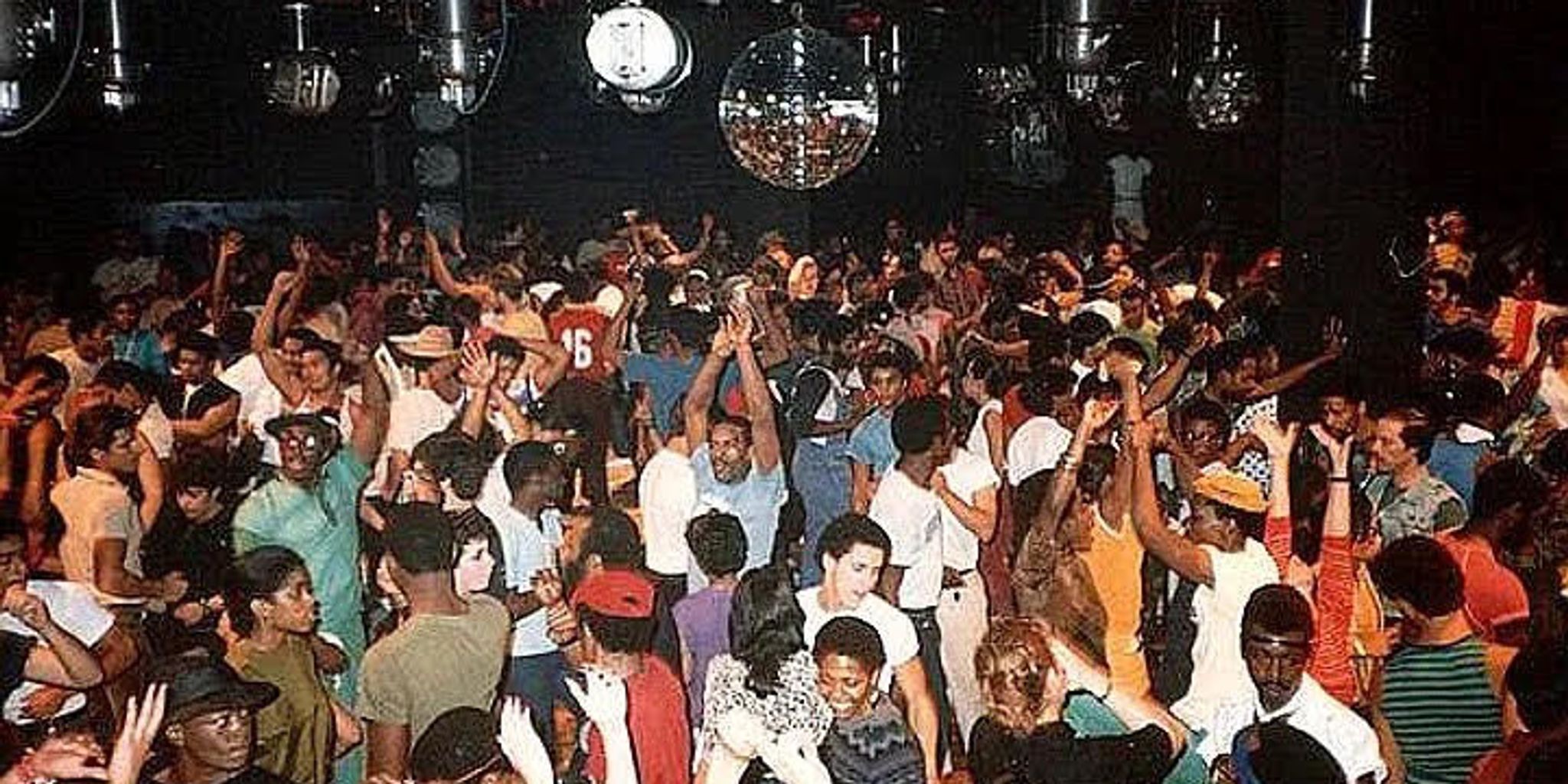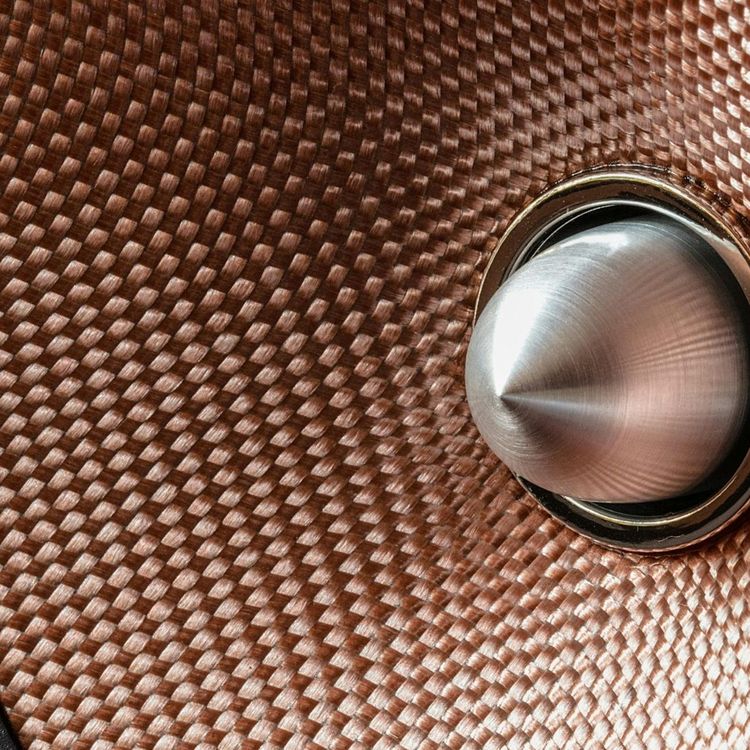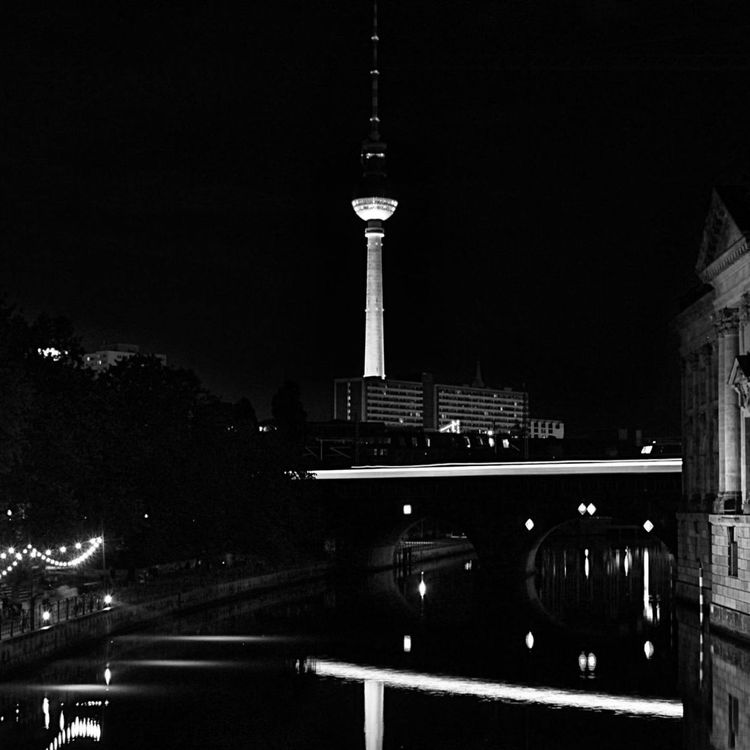How Chicago House Arose From the Ashes of Disco
Chicago House is one of dance music’s most prominent subgenres. The unforgettable spawn of disco, it boasts stylistic origins from electro, Italo disco, and hip hop. Its high-energy sound is anchored by drum machines such as the Roland 808 and 909. And its heavy use of samplers and synths illustrate the innovation that occurs when technology and art intersect with no regard to the constraints of popular culture.
Chicago House was a direct response to the decline in mainstream popularity of disco. It’s not a coincidence that the birthplace of house music was also the site of one of the most memorable and extreme anti-disco rallies. On July 12, 1979, at Comiskey Park people were invited to burn their disco records on the field. Disco Demolition Night turned into a riot. A substantial decline in radio airplay soon followed as it seemed a nail was put in the coffin for the genre. It can be considered a major trigger of a nationwide sentiment against disco. It forced artists to explore new approaches to create dance music.
Advancements in music tech helped fuel the rapid evolution of Chicago house. The Roland 808 and 909 were considered to be commercial failures for the Japanese music instrument manufacturer. Yet in the hands of young hip hop and electronic music producers these discarded artifacts were repurposed and pushed to unheard of limits.
It wasn’t just the music. A cultural movement quickly coalesced in Chicago around the burgeoning genre. People flocked to The Warehouse (or the “House”) the venue considered to be the birthplace of house music. Located at 206 South Jefferson Street in Chicago, The Warehouse was a members-only club patronized by a gay Black and Latino crowd who came to dance to the music played by resident DJ—and "Godfather of House Music"—Frankie Knuckles. He grew up in the Bronx during the early days of disco. His signature sound layered disco or pop vocals, catchy electronic samples with pulsating beats. It became the hallmark of early house, a sound many Chicago producers were beginning to adopt. During his tenure in Chicago, he recorded some of the most influential tracks known to house music. “The Whistle Song,” ‘‘Your Love,” and “Baby Wants to Ride” featuring Jamie Principle, still stand strong today as shining examples of the genre.
Equally important to the birth of the genre is Jesse Saunders who produced one of Chicago house’s first documented singles, “On and On” in 1984. Saunders innovated the sound and advanced the culture. He was a founder of The Chosen Few DJs, a DJ collective that alongside other architects of house music helped spread the sound of Chicago to the world.

Chicago commercial radio’s role in exposing early house records to the community can’t be understated. WBMX featured a stable of leading DJs of the era who were referred to as the Hot Mix 5. Farley “Jackmaster” Funk, Mickey “Mixin” Oliver, Ralph Rosario, Scott “Smokin” Silz, and Kenny “Jammin” Jason. The Hot Mix 5 was the first house music show featured on mainstream radio starting in 1981. These amazing DJS were remixing songs on the fly, live in the club with reel-reel tapes, cassettes, Casio keyboards, drum machines, and playing the freshest music right off acetates and test pressings. They were widely listened to by DJs and dance music fans in Chicago as well as visiting DJs and producers from Detroit.
An uptick in the growth in popularity of the genre came with the founding of house-specific labels like Trax Records. When Trax released Marshall Jefferson’s iconic track, "Move your Body,’ Chicago house was catapulted to international attention.
Other records that followed like “Jack Your Body,” by Steve “Silk” Hurley and “Love Can’t Turn Around” by Farley “Jackmaster” Funk climbed the dance charts in the US, but reached an unprecedented level of success in the UK. Subsequently, house scenes began to appear in New York and London.
By 1988 Chicago house began to decline in popularity in its birth city. Production never stopped though, because the sound was already global. The London club scene hit its peak in 1988, termed the Summer of Love. The emerging rave culture fueled by the introduction of ecstasy can be considered Chicago house’s highest point. Tracks were produced at a rapid rate. And for the first time, Chicago house DJs were invited overseas to showcase their work at massive raves throughout the UK.
During this time there was a notable shift from traditional Chicago house to acid house, which exploited the squelching power of the Roland TB-303 bass machine. When rave culture migrated to the United States in the 1990s, Chicago House found its revival. Ravers in the '90s looked back to the roots of the music they partied to and realized the importance of Chicago in the zeitgeist. DJs dug deep into the origins and threw classic Chicago house tracks into their mixes. Remix culture began to emerge as producers reimagined iconic tracks. And the sound of Chicago found new homes in San Francisco and Los Angeles.
Green Velvet, aka Cajmere, is one of the most significant contributors to the 90s revival of Chicago house. He left graduate school to pursue his passions of DJing and production. His mission was to throw himself into the energy and lifestyle of house music. Specifically shining a spotlight on Chicago house with his 1994 release on his Cajual Records imprint, “The New Chicago House Sound.” This again propelled the sound abroad and increased its domestic footprint through the early 2000s. However, the increasing commercialization of dance music coupled with the explosion of other genres of electronic music took the forefront of the dance music scene.
In recent years with the rise in DJs and music festivals, Chicago house music classics continue to be re-released, remixed, and played in sets with ever-growing traction. The genre that was born over 30 years ago continues to bring people together from all identities. Chicago has ushered in a new wave of artists and DJs that honor its legacy. Artists such as Kayne West, The Blessed Madonna, Mark Farina, and Honey Dijon may not live in Chicago anymore but their craft still pays homage to the genre. Even the iconic Daft Punk has paid respect to Chicago by name-checking the late trailblazing producer and DJ Paul Johnson at the top of their 1997 song “Teachers.”
Needless to say, the momentous genre of Chicago House isn’t going anywhere. Artists will always find a way to revive and recreate classic beats to pay homage to the forefathers of house.
















